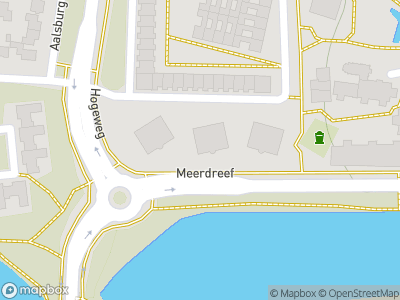Close to the centre of Wijchen, on a terrain called the Tienakker, once stood a Roman mansion on a truly beautiful location. We do not know exactly what the building looked like, but it must have been quite a luxurious residence. We know this thanks to the discovery of a related burial mound or tumulus that measures 47 metres across, by far the largest in Northwest-Europe.
Mansion
Over the years a big part of the Tienakker terrain was used for sand mining. Because of these operations, most traces of the Roman mansion were removed. But enough was left to give an impression of the size and the wealth of the building: construction debris, murals, a stone well house and, possibly, the remains of a later sanctuary. Miscellaneous finds like coins, jewellery and two beautiful bronze taps offer an indication the mansion’s opulence. The coins tell us that the main building was erected around the year 100.
Tumulus
Possibly the most important discovery was a humble circle of holes, dug out to accommodate wooden posts outlining an enormous burial mound or tumulus. Archaeologists established that this tumulus measured 47 metres across, making it the largest in Northwest-Europe. There is a limited number of tumuli in the Netherlands, always located near a Roman mansion, like in Hoogeloon, Druten and Overasselt. But the sheer size of the one in Wijchen makes it truly unique. Burial in a tumulus probably involved a mix of Roman and local customs. In Roman culture such a monument was constructed exclusively for the high and mighty. To be sure: what was found were only colour traces in the soil. The bulk of the mound itself was removed by the sand miners in the seventies of the last century.
Lake Wijchen
The Tienakker mansion was most likely part of an extensive farm complex or villa. The main building was situated exactly on the transition between the high and arid part of the river dunes and the fertile flats of the Maas. In late-Roman times (4th century) the main building was abandoned and the well house was given a new purpose as a military outpost. Later the Franks gained authority in the area, as the Roman times transitioned into the Merovingian period almost seamlessly.












